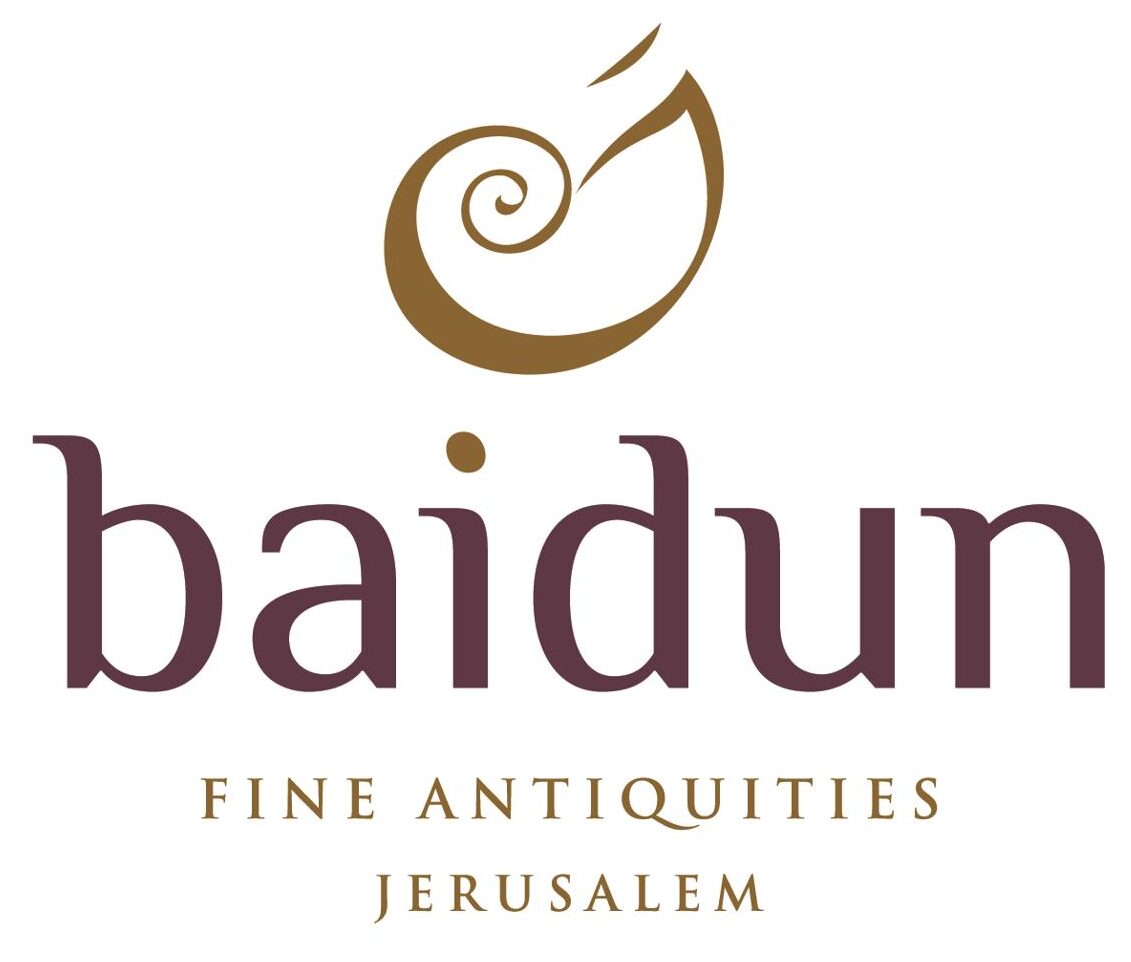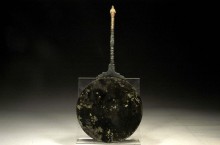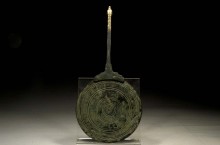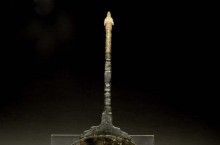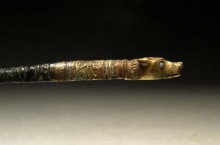
Roman Silvered Bronze Mirror
About This Project
The ability to perceive oneself was deemed to be somewhat miraculous in the ancient world, and this is reflected in the high value of mirrors both historically and archaeologically. They are found solely in prestige burials – and sometimes in ritual contexts – regardless of the country in question (including Central American examples made from polished stone). Equally, mirrors are usually highly decorated, either integrally or in terms of ornate mountings.
This piece was highly polished on the obverse, and decorated with concentric circles on the reverse. The handle is attached to the mirror with a geometric attachment, and is formed as a series of oval and disc-shaped roundels towards the zoomorphic finial. This is in the form of a canid head, preliminarily identified as a jackal but possibly representing a wolf. There are mythological precedents for both animals, although a wolf would be more explicable given the story of Rome’s foundation when the infant brothers Romulus and Remus were suckled by a she-wolf. Jackals are not a major part of Roman mythology, but the occupation of Egypt would have introduced the jackal-headed deity Anubis (god of embalmers) to the ever-acquisitive Roman pantheon and this may reflect that addition.



